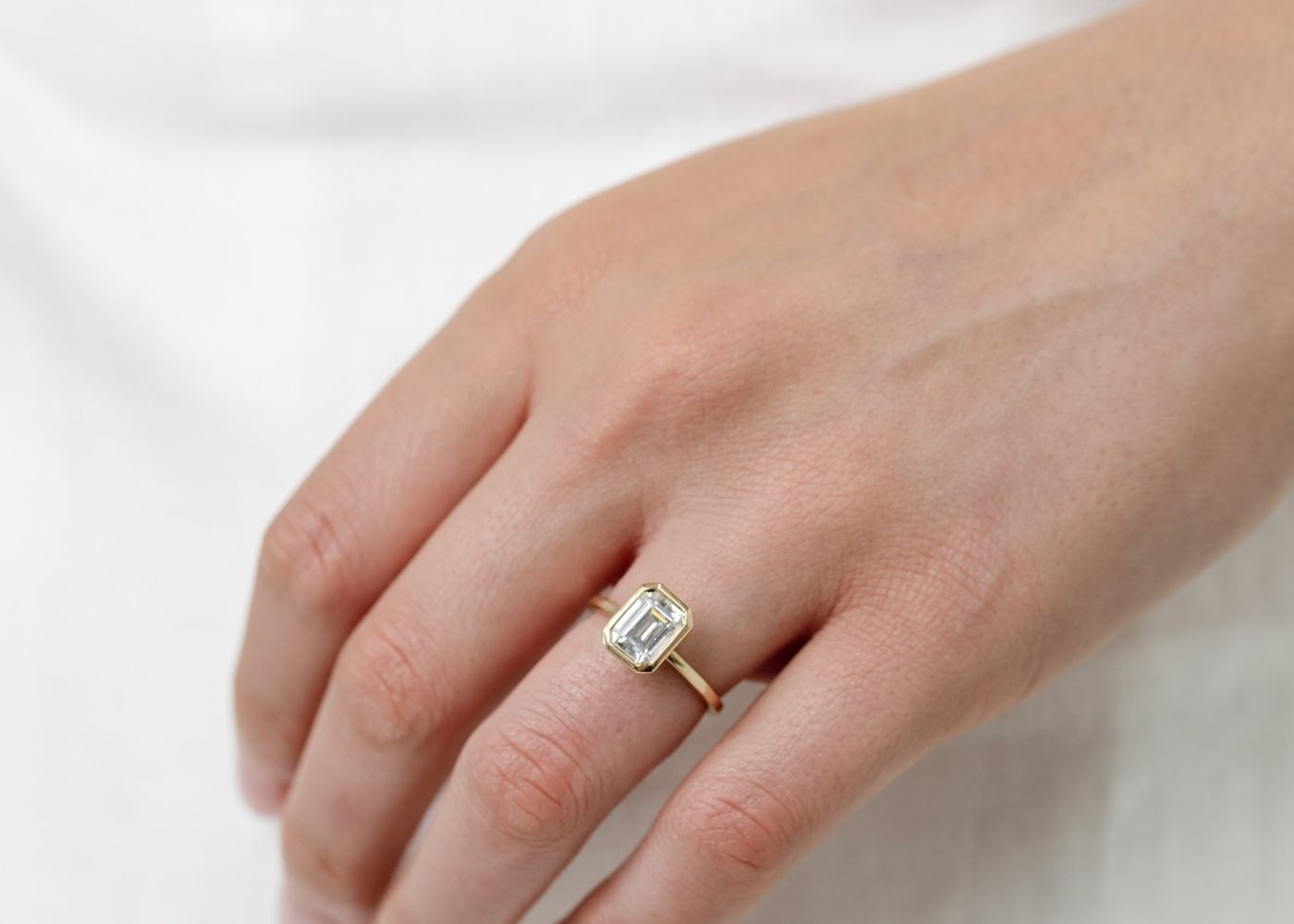Color grading
Color Grading Techniques and Tools
- Color grading: post-production process that alters the appearance of an image
- Color timing: lab term for changing color appearance in film reproduction
- Telecine: broadcasting feature films with color correction capability
- How telecine coloring works: explanation of CRT and CCD telecine systems
- Color correction/enhancement: functions and goals of color grading
- Primary and secondary color grading: controlling color density curves and isolating specific values
- Masks, mattes, power windows: using geometric shapes to isolate color adjustments
- Motion tracking: automating the process of isolating color adjustments on moving subjects
- Digital intermediate: the process of transferring digital information back to film
- Hardware-based versus software-based systems: comparison of different systems
Importance and Benefits of Color Grading
- Enhances visual storytelling
- Creates a specific mood or atmosphere
- Adds depth and dimension to the footage
- Helps establish a consistent visual style
- Increases the overall production value
Technical Aspects of Color Grading
- Adjusting brightness, contrast, and saturation
- Correcting white balance and exposure
- Matching shots for seamless continuity
- Applying color grading presets or LUTs
- Fine-tuning individual color channels
Color Grading Tools and Software
- Professional color grading software (e.g., DaVinci Resolve, Adobe Premiere Pro)
- Color grading panels and control surfaces
- Advanced tools for precise color adjustments
- Integration with other post-production workflows
- Support for high-resolution and HDR content
Color Grading Process and Impact on Genres
- Understanding the director's vision and desired look
- Initial color correction and creative color grading techniques
- Collaboration with other post-production professionals
- Impact of color grading on different genres:
- Dramatic films: contrasting color palettes
- Horror movies: desaturated or cool tones
- Comedies: vibrant and saturated colors
- Documentaries: natural and realistic color reproduction
- Music videos: bold and unconventional grading styles
Color grading Data Sources
| Reference | URL |
|---|---|
| Glossary | https://harryandcojewellery.com.au/blogs/glossary/color-grading |
| Wikipedia | http://en.wikipedia.org/wiki/Color_grading |
| Wikidata | https://www.wikidata.org/wiki/Q1396390 |
| Knowledge Graph | https://www.google.com/search?kgmid=/m/01sffv |





